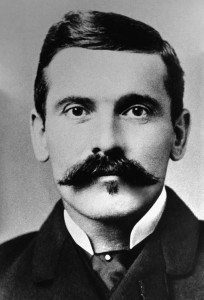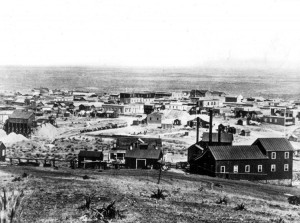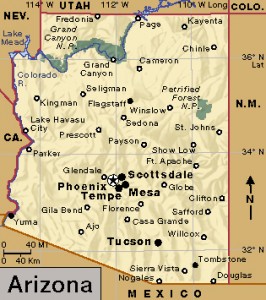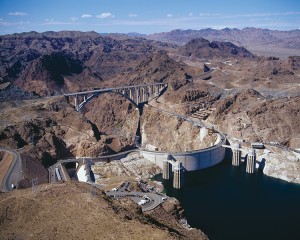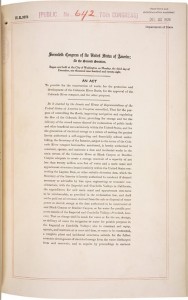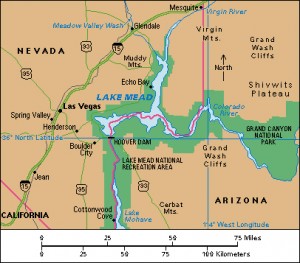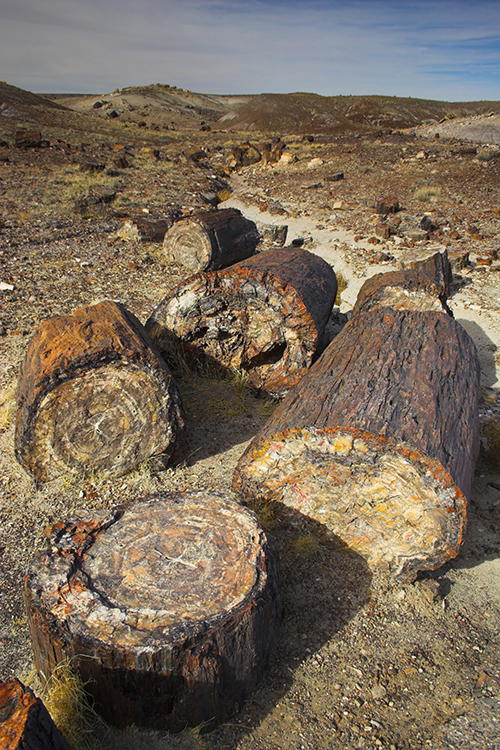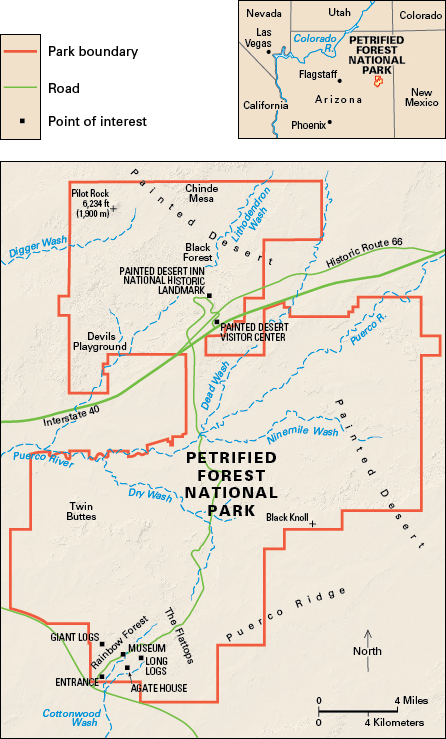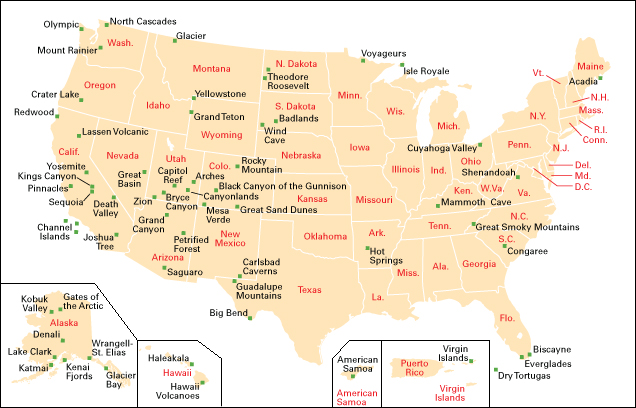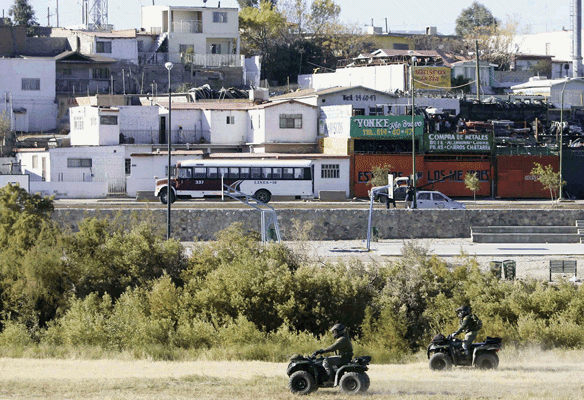Grand Canyon National Park 100
Monday, February 25th, 2019February 25, 2019
Tomorrow, February 26, marks the 100th anniversary of the founding of Grand Canyon National Park in 1919. Perhaps the most famous and popular national park in the United States, it is located in northwest Arizona and consists almost entirely of the spectacular Grand Canyon. The canyon, with the Colorado River running through it, extends 277 miles (446 kilometers). It is about 1 mile (1.6 kilometers) deep and varies in width from less than 1 mile to 18 miles (29 kilometers). The park also includes steep hills, tall spires of rock, and other scenic attractions. It covers nearly 1 million acres (500,000 hectares).
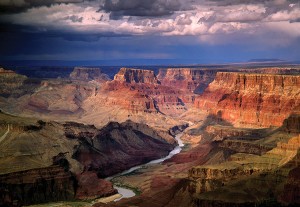
Arizona’s spectacular Grand Canyon National Park celebrates its 100th birthday in 2019. Credit: © Digital Vision/SuperStock
To mark the anniversary, the park worked with Arizona State University and other partners to create the Grand Canyon Centennial Project—also known as “100 Years of Grand”—a series of programs at the park and online throughout 2019. On February 26, a special Founder’s Day Centennial Celebration at the park will include cultural, educational, and musical programs. In the following months, special events will highlight President Theodore Roosevelt (who created the Grand Canyon National Monument in 1908), the past and present efforts to map the massive canyon, and the history of the park. Traditional Native American arts and crafts will be demonstrated and presented all year long by the Desert View Cultural Demonstrators, members of the Grand Canyon’s 11 traditionally associated native peoples.
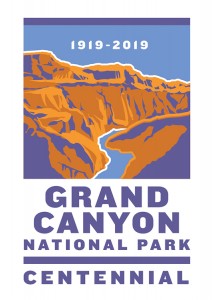
Click to view larger image
Grand Canyon National Park Celebrates its centennial on Feb. 26, 2019. Credit: National Park Service
Various Native American cultures have lived in the Grand Canyon during the last 4,000 years. Today, about 450 members of the Havasupai people live on a reservation in a side canyon called Havasu Canyon. Other main Native American groups of the Grand Canyon include the Hopi, Navajo, Paiute, and Zuni. In 1540, a group of Spanish explorers led by García López de Cárdenas became the first Europeans to see the Grand Canyon. They were part of Francisco Vásquez de Coronado‘s expedition to the area. In 1869, the American geologist John Wesley Powell led a river expedition through the vast canyon, which he named the Grand Canyon. A forest preserve was created in the Grand Canyon in 1893.
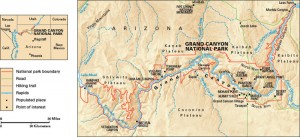
Click to view larger image
This map shows the location of the Grand Canyon National Park in northwest Arizona. Credit: WORLD BOOK map
About 5 million people visit Grand Canyon National Park every year. The majority of visitors drive along park roads and stop at scenic viewing points about the Grand Canyon. Visitors may also walk along the canyon’s rim. Many tourists hike along trails in the park. Some people ride mules into the canyon, and others enter by boat or raft on the Colorado River.
Grand Canyon National Park is home to a wide range of mammals, including bats, desert bighorn sheep, American bison, coyotes, elk, mountain lions, mule deer, and skunks. More than 450 species of birds live in the park, and reptiles such as gila monsters, short-horned lizards, and several species of snakes are commonly seen. Varied plant populations thrive in the park’s desert scrub, grassland, meadow, woodland, and high elevation communities.

